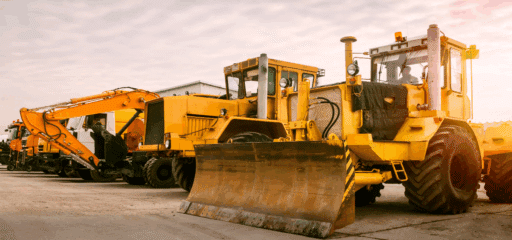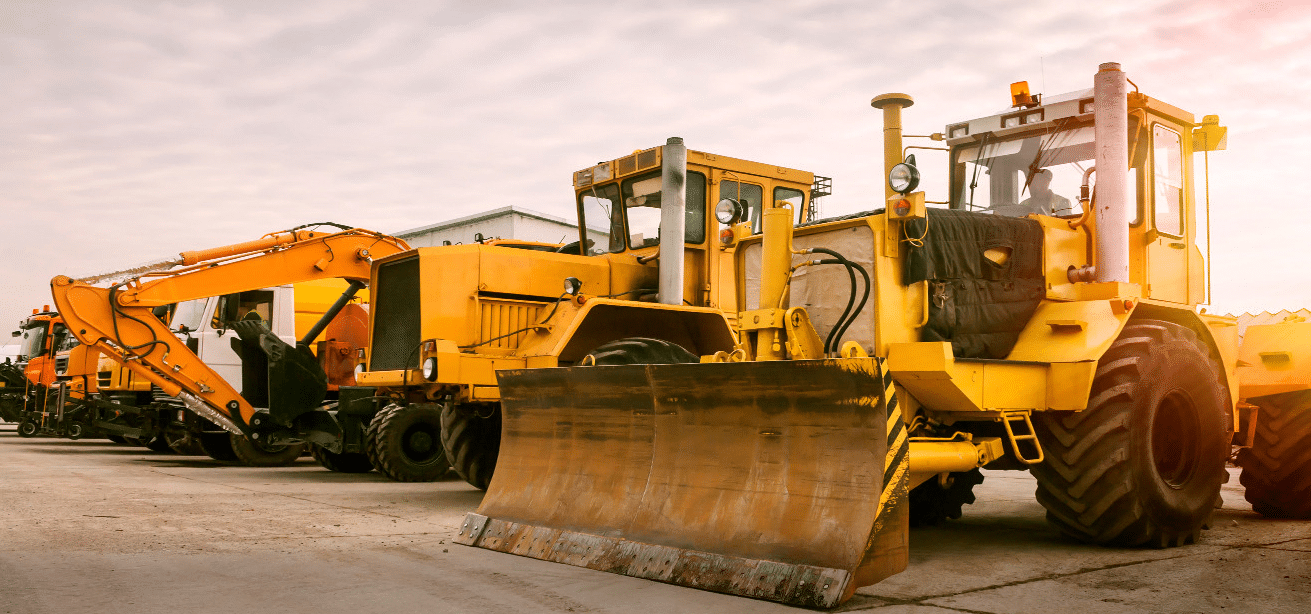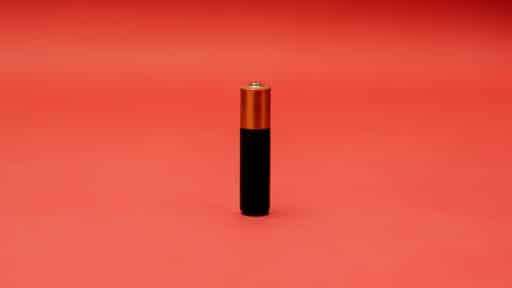Heavy-duty machinery, including excavators, loaders, bulldozers, tractors, and backhoes, plays a pivotal role in primary industries, ranging from construction and mining to farming and forestry. The right equipment boosts workplace safety by reducing the need for dangerous manual labour, increases productivity and efficiency in large-scale projects, and enables the execution of complex and demanding tasks by improving workplace conditions. In essence, dependable equipment raises safety, cuts operating costs and saves time.
Benefits of Buying Used
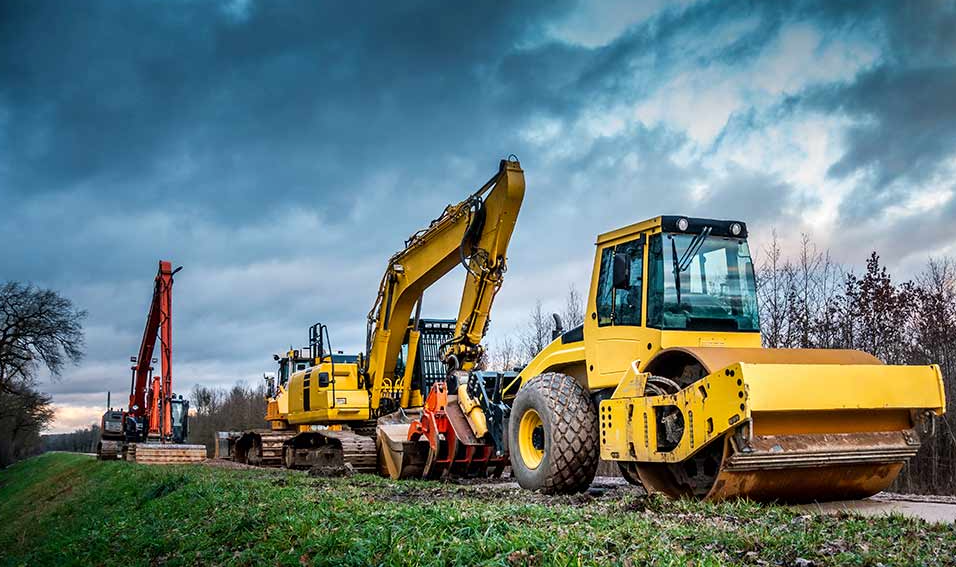
For business owners, the debate has always been between new and second hand machinery. Choosing the right equipment in any field can make or break a project. Apart from initial purchase costs, dozers, excavators, loaders, skid steers, and dump trucks must meet project requirements in terms of scope and duration, balance power and productivity with running and fuel costs, and offer long-term value with reliability and dependable performance. For smaller and budget-conscious businesses, going used makes more financial sense, provided this doesn’t complicate operations, such as missing deadlines or production targets. Here’s a breakdown of the benefits of used equipment:
- It’s cheaper: With lower upfront costs, used machinery can be a valuable asset at a fraction of the cost. Money saved can go towards other essentials, such as routine maintenance, employee wages, training schemes, or acquiring machine accessories and attachments. Lower purchase prices also translate to operating flexibility, with more money for changing project requirements. Insurance for older equipment is also cheaper.
- Depreciation is already factored in: Big construction, farming and mining machines can depreciate by up to 50 per cent within a few years. Older, but still reliable equipment holds more value over the long term, provided it’s appropriately maintained. Businesses can recover initial costs and start turning a profit more quickly.
- Wider availability: Lower prices also have a knock-on effect on supply and demand, with higher availability. This means procuring suitable equipment faster and eliminating wait times for backorders. What you need is available now. High demand additionally means higher resale potential when equipment is no longer needed.
- Project and worksite suitability: Demanding projects requiring specialised machinery may be impossible to complete, considering long wait times for new machinery or acquiring equipment with a distinct feature set. Increased inventory on the used market results in no downtime and no missed deadlines.
- Reduced equipment training: Operators and employees are often more familiar with older equipment. Save time and money in training staff by choosing second-hand machinery, and ensure improved safety, speed and productivity.
While overall lower costs and savings are the main benefits, used construction, farming, mining, material handling, and transport equipment do have a few drawbacks. Each piece of equipment may have hidden issues and must undergo detailed inspections to uncover potential problems. Avoid anything with erratic servicing or missing maintenance records, as well as blind purchases based solely on price. Also, consider trusted sellers that only sell items in good working order.
Expired warranties are another consideration. Not good news if you need smaller excavators or backhoes, which tend to have shorter warranty periods than larger equipment from established brands. Generally, warranties range from 12 months to 5 years and between 1000 to 5000 work hours. Also, factor in that coverage for specific components, such as the engine or supplied attachments, may have different warranty terms.
Lastly, consider how the lack of advanced features such as telematics (engine diagnostics, GPS geo-tagging, automated maintenance alerts, etc.), more efficient diesel, hybrid or electric powertrains, remote operation and automation and safety features impact daily and long-term equipment use in terms of safety, productivity, site integration and efficiency.
Where to Buy Used Equipment
Online sources and trade publications list private sellers and industry specialist dealers. The benefits of private listings are that you’re dealing face-to-face with equipment owners who tend to offer lower prices, but may not provide full service histories or be explicit about possible equipment issues.
However, if you’re on a tighter budget, looking for niche products and know the ins and outs of what you’re buying, this may be a solid choice. Specialist retailers and machinery resellers might charge more for the same piece of equipment, but usually provide detailed servicing records, multiple payment options and a larger inventory. To be on the safe side, conduct a thorough inspection, request an operating trial, and read reviews to confirm dealer credibility.
Why Choose New Machinery?
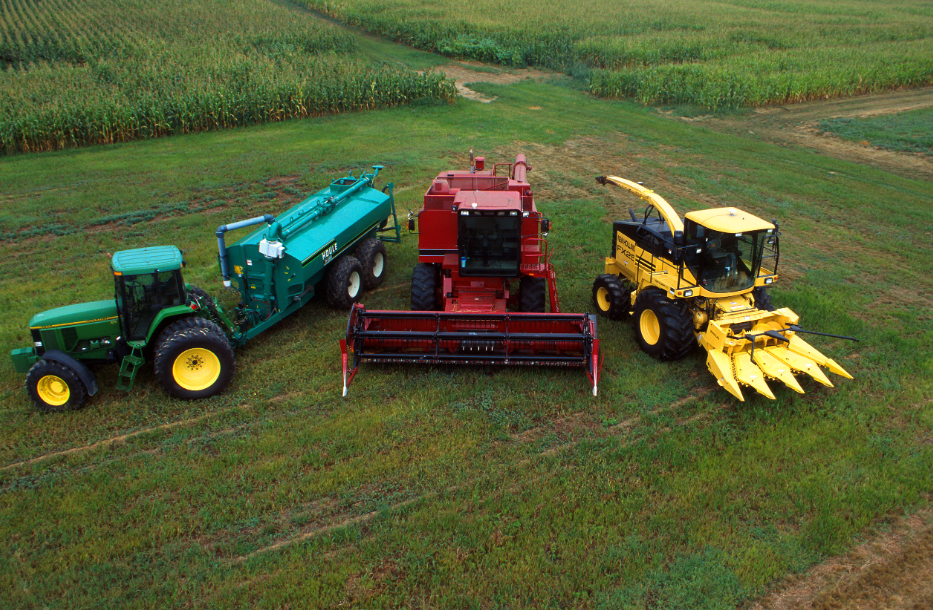
Most businesses have a mix of both used and new machinery. The latter understandably incurs higher initial purchasing costs, but comes with its own set of advantages. New machinery, with few or no work hours, is guaranteed to work, has no reliability or functionality issues and is covered by defined warranties. All breakdowns, repairs and spares are covered by the dealer or manufacturer. Reduced maintenance also prevents unwanted downtime.
Moreover, newer models have more efficient engines for lower fuel costs, enhanced performance and productivity with multiple attachments, advanced features such as remote use and telematics, and meet current heavy machinery workplace safety regulations. Employee satisfaction is another consideration, with greater precision, simplified controls and automation. However, new machines can mean longer lead times caused by higher demand due to proven dependability.
Factors That Determine What You Buy
Project needs determine the size, type and age of the equipment you buy. Excavators are by far the most common category regardless of industry, with used mini and mid-sized excavators comprising the majority of sales. Buyers are mostly small and medium enterprises. The machines are complemented by loaders of all sizes and capacities in both large and small operations, as well as dump trucks, backhoes and skid steers in most construction, demolition, and mining tasks.
Specialised heavy-duty graders, rollers, drill rigs, jumbos and other machines are bought either new or used, depending on project scope, budgeting restrictions and current inventory. The next consideration is equipment performance, power and efficiency, often dependent on size and to a lesser extent, age. Larger, new machines with advanced tech can boost productivity in larger projects, but are overkill for lesser jobs, where compact machinery offers more maneuverability, suitable power, and lower operational costs.
To reduce downtime and unnecessary expenses, inspect machine frames, hydraulic systems, electrics, undercarriage components, cylinders and engines for signs of wear, rust, leaks, cracks and other problems. Lastly, determine overall maintenance needs, spare parts availability and servicing costs.

